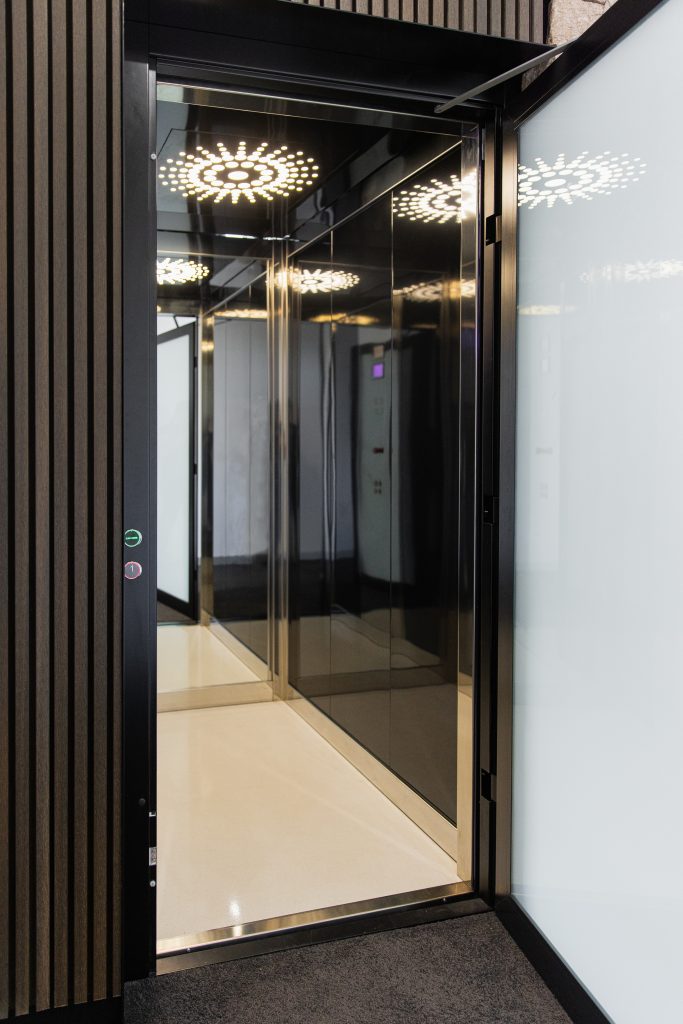We Maintain Lifts with Accuracy: Ensuring Security and Efficiency
We Maintain Lifts with Accuracy: Ensuring Security and Efficiency
Blog Article
Exploring the Globe of Lifts: Common Concerns Encountered by Numerous Lift Devices
As we navigate via the vertical transportation systems of modern buildings, elevators stand out as an essential element of our everyday lives. From hydraulic elevators to traction systems and machine-room-less layouts, each lift type comes with its collection of typical concerns.
Hydraulic Elevators
Hydraulic lifts, usually favored for low-rise structures, use fluid pressure to regulate the movement of the elevator automobile (lift repair companies). This mechanism involves a hydraulic pump pushing oil right into a cyndrical tube, causing the elevator to relocate the desired direction. While hydraulic elevators are known for their smooth and quiet procedure, they do include their very own collection of usual problems
One prevalent problem with hydraulic lifts is oil leakage. The seals in the hydraulic system can wear gradually, resulting in oil seepage. This not just produces a mess but can likewise impact the elevator's efficiency if left unaddressed. Furthermore, issues with the control system, such as damaged valves or a malfunctioning pump, can cause disruptions in the lift's movement.
Routine maintenance and punctual repairs are important to make sure the smooth functioning of hydraulic elevators. By dealing with these usual problems proactively, building owners can decrease downtime and ensure the safety and security and performance of their upright transport system.
Traction Lifts
When thinking about upright transport systems in buildings, an additional common kind apart from hydraulic elevators is the traction elevator. Grip elevators run using a system of ropes and weights that relocate the lift cars and truck by grasping onto the hoist ropes. This system permits smoother and much faster upright transport contrasted to hydraulic systems.
One of the usual issues encountered by traction lifts is rope wear. The continuous motion of the ropes within the grip system can lead to damage gradually, potentially causing the elevator to malfunction or end up being harmful for usage. Routine assessments and maintenance of the ropes are important to guarantee the elevator's correct performance and safety.
An additional concern that grip elevators may encounter is related to the control system. Problems with the control system can cause problems such as irregular movement, hold-ups in response times, or even total closures. Normal testing and upkeep of the control system are crucial to stop such problems and ensure the elevator's dependability.
Machine-Room-Less (MRL) Elevators

One of the key parts of MRL elevators is the small gearless grip machine that is set up within the hoistway. This maker effectively drives the elevator automobile without the requirement for bulky tools discovered in typical traction elevators. Additionally, MRL elevators usually use a weight system to stabilize the cars and truck, further boosting their energy performance.
Despite their advantages, MRL lifts may encounter difficulties related to repair and maintenance because of the restricted area for equipment setup. Accessibility for servicing components within the shaft can be restricted, requiring specialized training for technicians. Proper upkeep routines and regular assessments are crucial to make sure the continued smooth procedure of MRL elevators.
Overloading and Weight Limitation Issues
Are lifts geared up to handle excess weight loads efficiently and securely? Overwhelming and weight restriction concerns are essential worries in elevator procedures. Elevator producers layout raises with details weight capacities to make certain traveler safety and tools long life. Exceeding these weight limitations can lead to different troubles, including mechanical failures, delays, and safety and security risks.
When lifts are overloaded, it places extreme strain on the motor, cable televisions, and various other components, potentially triggering malfunctions or malfunctions. If they identify excess weight, security mechanisms such as sensors and overload sensing units are in place to stop lifts from relocating. Additionally, exceeding weight limitations can lead to increased energy intake and deterioration on the elevator system.
To reduce overloading problems, developing managers should plainly display weight restrictions in elevators and educate owners on the relevance of sticking to these restrictions - lift repair companies. Routine upkeep checks by qualified service technicians can likewise click for more help ensure that lifts are running within risk-free weight criteria. By dealing with overloading and weight limit problems proactively, building proprietors can improve lift safety and effectiveness
Electrical System Failings
Exceeding weight limits in elevators can not only bring about mechanical issues but also potentially add to electrical system failures within the lift infrastructure. Electric system failings are a critical issue in elevator operation, as they can cause unexpected shutdowns, breakdowns, or perhaps security dangers. One usual electric problem is the getting too hot of parts as a result of excessive existing flow triggered by overloading the elevator past its capability. This can result in harm to the electrical wiring, electric motor, or control systems, causing pricey fixings and downtime.
Routine maintenance and inspections are crucial to recognize and attend to potential electrical issues promptly, making sure the effective and safe procedure of elevator systems. By adhering to weight limits and performing regular electric system checks, building proprietors can mitigate the threat of electric failures in lifts.
Final Thought

Hydraulic lifts, usually favored for low-rise structures, utilize fluid pressure to regulate the movement of the elevator automobile.When thinking about upright transport systems in buildings, an additional typical type apart from hydraulic lifts is the grip lift. Traction lifts run making use of a system of ropes and weights that move the lift car by clutching onto the hoist ropes. Unlike conventional lifts that require a separate machine room to house the devices, MRL elevators integrate most of the parts within the shaft, eliminating the demand for a dedicated equipment room.In conclusion, elevators deal with usual problems such as hydraulic breakdowns, traction system failings, and electric system problems.
Report this page